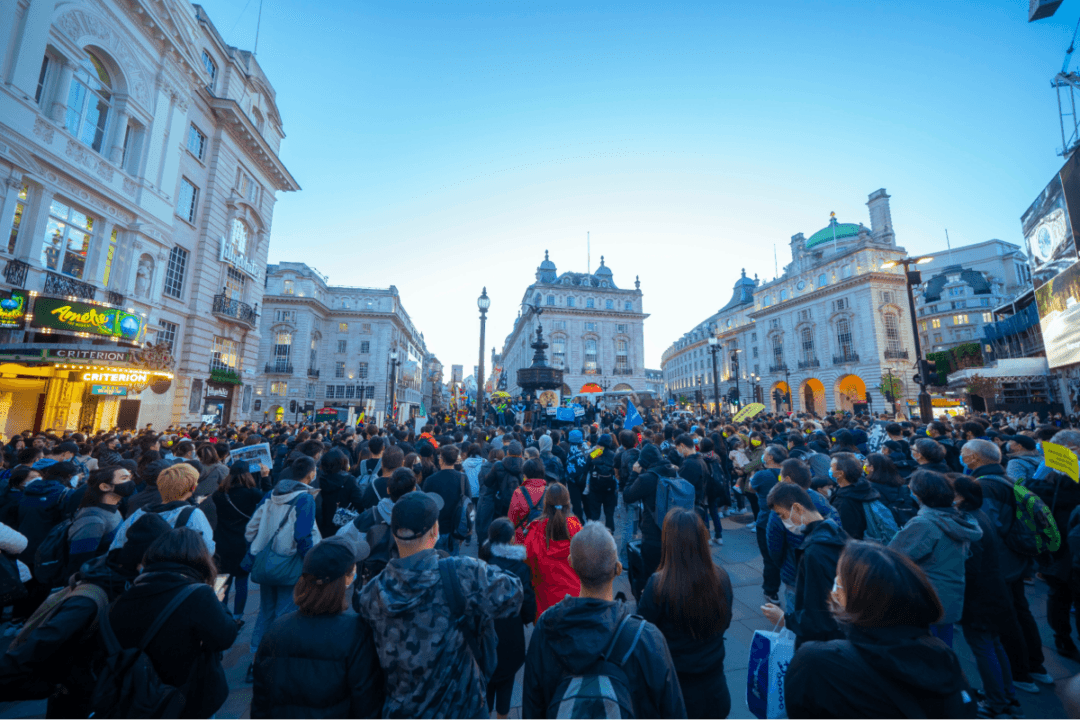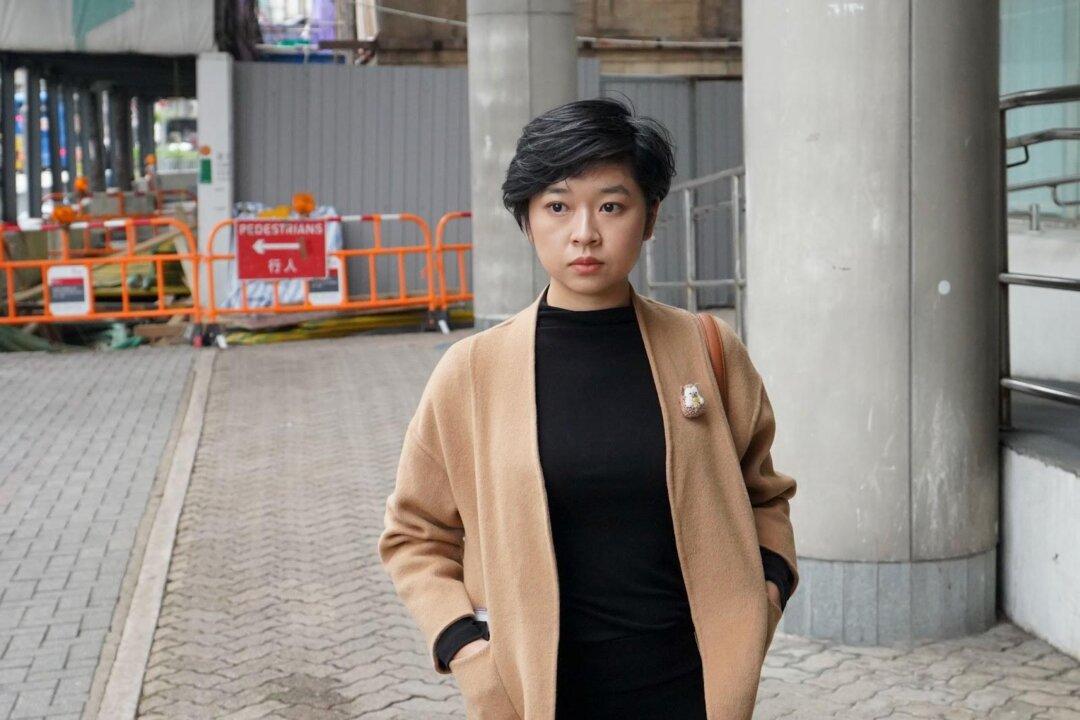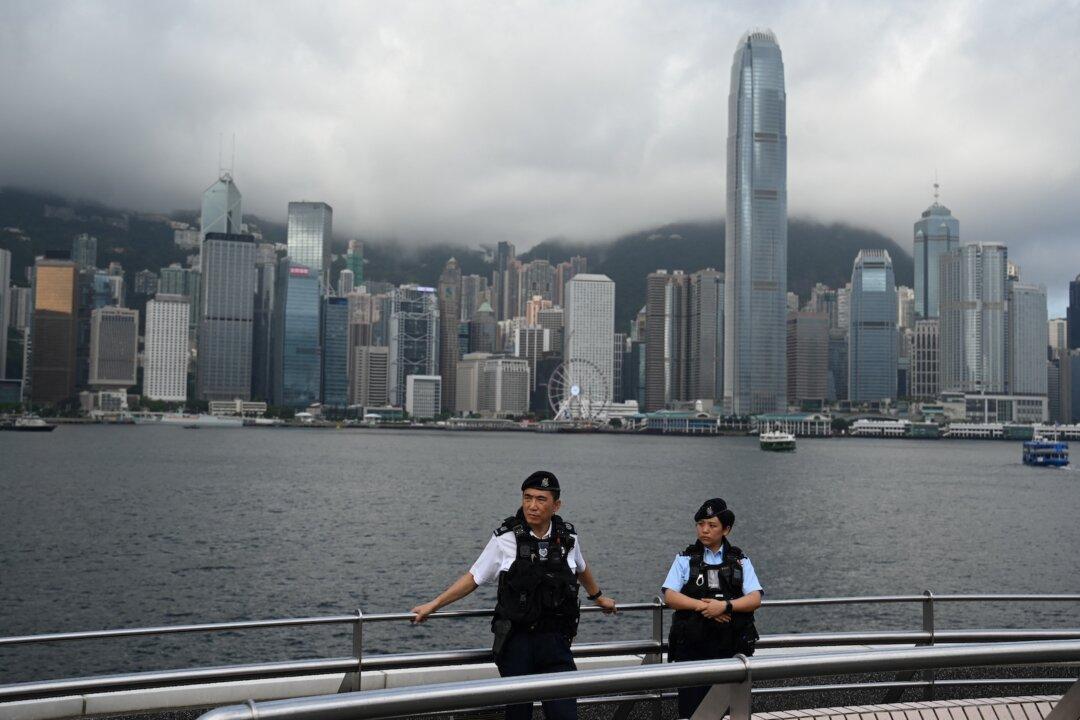It has been more than two years since the UK launched the BNO (5+1) visa for people from Hong Kong at the end of January 2021.
After Hong Kong’s anti-extradition movement in 2019, Beijing passed the Hong Kong version of the national security law to stifle Hong Kong’s freedom.




